“Man in the Mirror” written by Siedah Garrett and Glen Ballard
What is business but a manner by which to create and market that creation so others will buy it? Sounds simple enough – for a sidewalk lemonade stand, perhaps. For a growing business, enter the marketing firm and demographics to entice buyers to products or services via the use of variable demographics: such as age, gender, educational level or geographic locale, etc.
But what about the demographic of diversity?
The marked increase of diverse advertising certainly indicates the “Inclusion” memo has reached many a marketing firm. Who hasn’t noticed it? Although occurrences in advertising are steadily increasing, it appears that as an audience we’re so happy to see any diversity in marketing that we don’t realize how little of it actually exists. It is increasing, yes. But people want more:
“A 2016 study by BabyCenter and market research company YouGov surveyed 2,000 people and found that 80 percent of parents like to see diverse families in advertisements. Sixty-six percent said that brands that showed reverence for all kinds of families was a considering factor when purchasing a product.”
https://www.cnbc.com/2016/03/07/study-americans-want-more-diversity-in-ads.html
This is no surprise to me at all. I mean, what’s not to love about embracing the very thing that makes America the great melting pot that it is – that’s not a question, it’s a statement.
The study also reported that 40% of American families are a reflection of “modern” type households:
“The changing attitudes reflect the increase in different families in the U.S. The survey found that 40 percent of families reflect "modern" types, meaning single-parent households, co-habitating (non-married) parents, LGBTQ parents, mixed-race parents and households with a stay-at-home dad.”
https://www.cnbc.com/2016/03/07/study-americans-want-more-diversity-in-ads.html
As you can see, the pace for consumers wanting to embrace inclusion in advertising is in part due to the changes within their own families and circle of friends. Even so, sometimes it still feels as if the “choose diversity” box isn’t checked at the time of signing a marketing contract, then there’s little likelihood of seeing diversity in the ad campaign. Why is this?
Historically, advertising companies most often use images similar to the image they see in the mirror every day -- which then becomes their default for television and other visual ads. So many haven’t realized how ingrained that habit still is today. Perhaps it’s due to the natural inclination of human beings to go with what is seemingly more familiar.
What may also perpetuate this hard-to-break habit in today and tomorrow’s culture of undeniable diversity, could be attributed to a lack of communication between the marketing firm and the client.
You see, it’s not the client’s responsibility to tell the marketing firm it wants diverse representation. Rather, it’s the marketing firm’s obligation to let the client know he or she is working with a firm that encourages diversity in marketing – just as it would promote all profitable opportunities.
The marketing industry as a whole still has some dust to shake off to get current and see the full picture of what’s happening in today’s world – and marketplace. The change is apparent, as we do see far more diversity in advertising than ever before -- but we've got a way to go if we’re to represent the continued diversity of consumers. Marketing firms embracing diversity will reward their clients with an increase in consumers and subsequent revenue.
“Millennials are the most racially diverse generation in US history. 43% of today’s young adults are non-white, compared to 25% of the people over the age 55.”
https://www.brookings.edu/wp-content/uploads/2018/01/20180124_metro_millennialreport_pressrelease.pdf
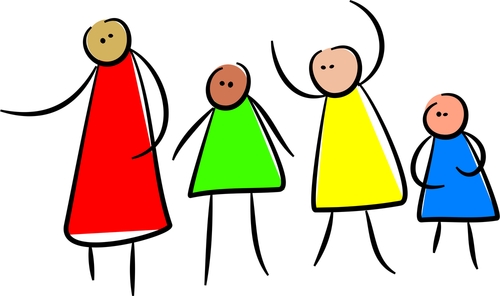
The mirror of diversity covers all branches of the consumer family tree: heritage and ethnicity, age, gender, sexual-orientation, disabilities, multi-cultural, etc. – while simultaneously steering clear from the lazy practice of one-dimensional representations of anyone in this ever-growing and highly diverse family of consumers.
In other words, the marketing mirror has to be a lot bigger than it used to be so as to embrace as many facets of the human condition as possible – but in appropriate ways. All peoples have the same basic needs and emotions: work with it! Embrace the need for a mega-mirror-tron of reflection to show your business understands how we’re all coming together on this planet – and that you welcome one and all to your brand.
It’s not difficult to understand how television and (most importantly) the internet and social media have helped bring that togetherness about: We’re all basically sitting in the same living room and purchasing the same products because our needs are now more similar than ever.
The internet and social media are where marketing is expected to take place.

Never before has mankind been closer to fully grasping the simple concept that we are no different than the person next door or in the neighboring county, country, or continent. Because we all become more alike each and every day.
We may have differing interests as all people do, but we remain one massive buying populace that is growing as a whole in many, many ways. The one thing we definitely have in common is that our money spends in the same manner and with the same power. That is all that really matters – is it not?
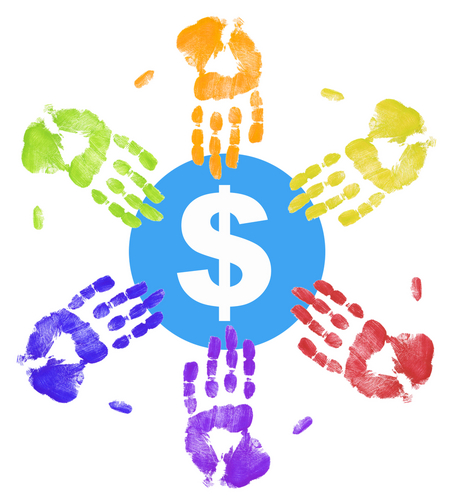
Diversity is the way of the world. We all know it -- yet many business owners still can’t seem to figure out how to integrate that revelation into their marketing plans. No doubt there are those who wonder whether there is an implied risk when going down that path.
For those in that situation: Relax.
You see, it’s far simpler than what your brain may be churning about right now. Just use your knowledge of generally common bonds regarding the human condition; as well as taking ownership of showing the utmost respect for all current and potential patrons as the equal human beings they are. Everything gets simpler after doing so.
You see, we are a civilized society. We’re people who enjoy spending time doing the same things as other people: working, shopping, reading, dancing, watching movies, dining and trying new foods, cooking, baking, gardening, laughing, and having fun with friends and family, along with a plethora of other engaging things.
No matter where we’re from, the truth is that we’re far more similar than we are different:
"Our interests are as diverse as we are. Don't put us in an 'urban' box or try to win us over with 'hip-hop,'" said Cameron Miller and Stevie Green of Dormtainment TV in a joint statement. "I like space. I like sports. I love National Geographic. Animals. Technology. The answer isn't always to make a specific ad for this demographic. The answer is to represent diversity in every story you tell."
https://www.marketingdive.com/news/how-diversity-is-changing-the-marketing-landscape/437765/
American families are more diverse than ever. Within immediate families there are often multiple ethnicities. As our families and those of our friends and acquaintances become more diverse each and every day, it is easier to see that diversity in advertising should be the norm in mainstream marketing. Gone is the box to check to approve inclusion.
Here’s how I see it:
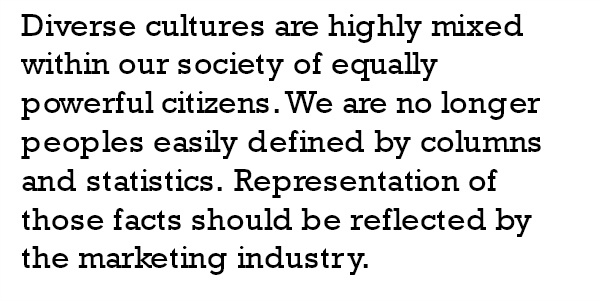
Businesses need to hire a marketing firm that understands the value of strategies that attract a diverse market base.
The marketing industry must be accountable to clients by keeping them apprised of what marketing methods are most effective. In today’s world, those methods all start with inclusion.
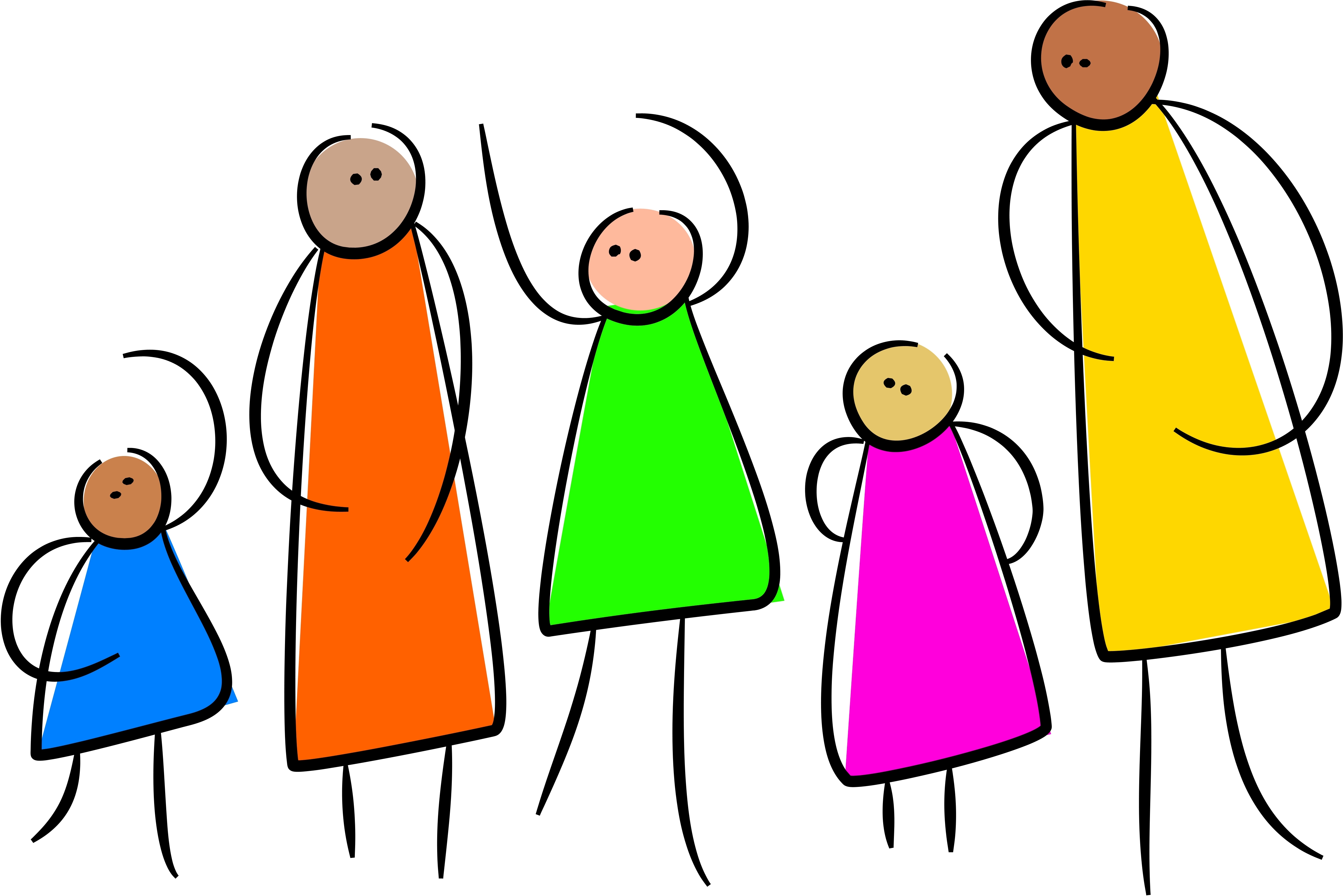
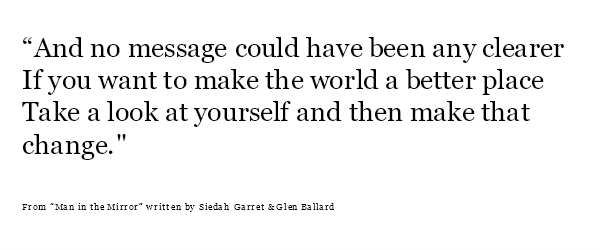
At HPR Marketing Group, we are committed to helping our clients explore marketing strategies to keep their business successful, community-oriented and inclusive.
We’re here when you need us.
Charmaine Smith Ladd
Director of Brand Development
HPR Marketing Group
[email protected]




